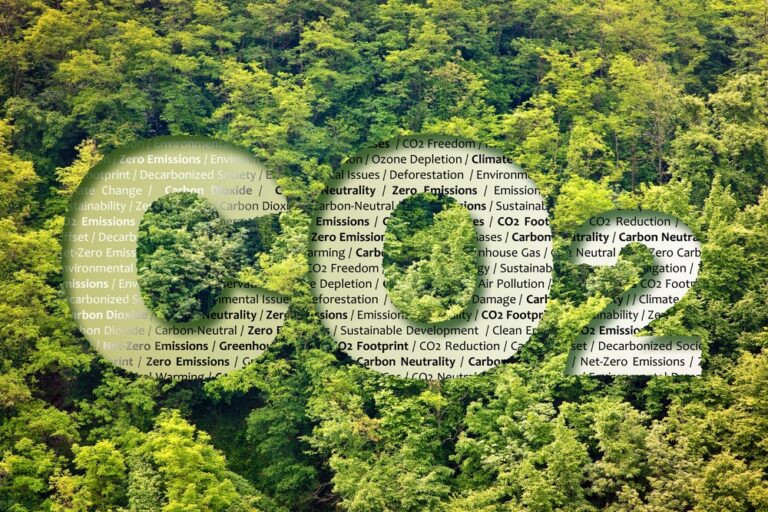Wyoming officials, using federal funding and state tax dollars, are moving forward with the state’s vision to build the perfect regulatory environment to launch a low-carbon energy industry devoted to collecting carbon dioxide from industrial sources to pump it deep underground for permanent storage.

“Wyoming, according to Gov. Mark Gordon and other state officials, is primed to launch the industry,” reports the Wyoming Tribune Eagle. “Not only has the state spent years testing its subterranean capacity to permanently store carbon dioxide, it has (also) devoted more than a decade to building a legal and regulatory framework to win the federal government’s approval. Only Wyoming and North Dakota have won primacy over the federal program to permit such activities.”
The Wyoming Department of Environmental Quality (DEQ) is currently seeking public comment on three draft Underground Injection Control (UIC) Program Permits submitted by Irving, Texas-based Frontier Carbon Solutions, LLC. The draft permits are for Class VI UIC wells at geologic sequestration sites that will be located in Sweetwater and Lincoln counties. The proposed wells are for the purpose of injecting carbon dioxide, for permanent storage, into the Nugget Sandstone at a depth of 13,583 feet to 13,709 feet below ground surface. The public comment period for these permits closes October 19, 2023.
The DEQ also has two more Class VI permits under review that are not yet ready for public comments, the Wyoming Tribune Eagle article notes.
Pumping carbon dioxide underground isn’t a new thing. It’s been used for decades in oilfields to produce more oil.
“While Wyoming still hopes to expand ‘enhanced oil recovery’ via carbon dioxide injection, officials are also eager for companies to pump the gas deeper underground into saline formations. Here, at depths of 10,000 to 15,000 feet, carbon dioxide — compressed into liquid form — can be pumped and stored permanently, according to state and industry officials,” the Wyoming Tribune Eagle adds. “Assurances that the gas will remain underground are based on seismic surveys and deep geologic testing conducted by the U.S. Geological Survey and the University of Wyoming School of Energy Resources.”
Frontier will collect its carbon directly from industrial sources through “direct air capture” technology that’s still in development.
To date, direct carbon dioxide capture at industrial sources hasn’t proven to be cost-efficient, but the federal 45Q tax credit, expanded by the Inflation Reduction Act (IRA), is a game-changer for large-scale cost reduction.
Part of the legal and regulatory framework put into place in Wyoming includes determining ownership of the underground “pore space” used to store carbon dioxide.
“The state declared it belongs to the surface estate, which clarifies who gets paid for use of the pore space and who is liable. The state also set out to appease potential developers by giving them an opportunity to transfer their liability for carbon dioxide injections to the state if they meet post-closure requirements intended to protect water and human health,” said Lily Barkau, natural resources program manager at the DEQ, according to WyoFile. “Wyoming, with primacy over the federal Class VI injection well permitting program, can shave years off the permitting process, Barkau said. And that makes Wyoming an attractive place to launch carbon dioxide storage projects.”
“‘I think we’ve been able to prove that if the operator is willing to work collaboratively, it can be done in a very expedited time frame and still meet all of the rules and regulations and be protective of human health and the environment,’ Barkau said.”
Other states have begun the process of gaining primacy status from the EPA for Class VI permitting.
“Texas, Louisiana, Arizona, and West Virginia are in the EPA’s application or pre-application process. Other states, including Pennsylvania and Colorado, have recently shown interest in taking the reins on carbon capture projects, either by passing legislation or notifying the agency of their intent,” according to a Bloomberg Law article dated July 20, 2023.